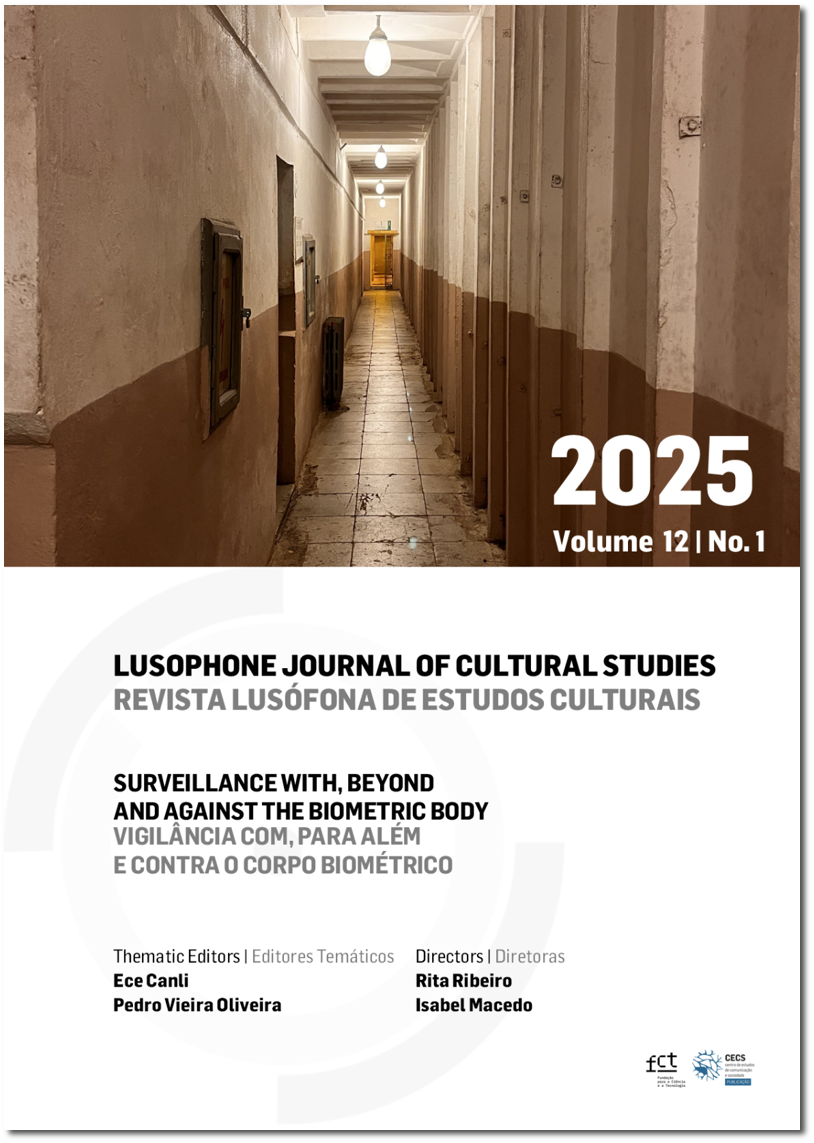In Search of Unknown Stories at the National Museum of Ethnology in Nampula: Master Sculptors and Works
DOI:
https://doi.org/10.21814/rlec.6103Keywords:
National Museum of Ethnology, Makonde art, memory, sculptorsAbstract
This article explores the little-known history of the National Museum of Ethnology in Nampula, Mozambique, which was founded in 1956 as a regional museum and part of a colonial project to preserve and study African material culture, particularly the Makonde sculptures collected at the time of its creation. Initially promoted by Adelino Pereira, the museum faced structural, budgetary and staffing constraints. Of particular note is the role of "amateur anthropologists" and the absence of scientific museological criteria in the collection, documentation and preservation of the collection. Focusing on Makonde sculpture, based on the museum's archive and research already carried out, this study seeks to rescue the memory and authorship of master sculptors such as Chibanga Muali, Amisse Chipatela and Matete Mepondala, who are often forgotten or unidentified in the records. This research highlights the different artistic languages of sculpture, as well as themes and styles resulting from both individual creations and commissions, largely made by the colonial authorities. The text also reflects on the changes that took place after Mozambique's independence in 1975, which reconfigured the role of the museum and its collections in the context of the construction of a national identity but have not yet resolved many of the limitations of the past.
Downloads
References
Capão, A. T. S. (1970). Aspectos etnográficos do distrito de Moçambique: Contribuição para o estudo do homem moçambicano [Manuscrito não publicado].
Casa Comum. (2022). António Rita-Ferreira. http://casacomum.org/cc/arquivos?set=e_9571
Castelo, C., & Alves, V. M. (2019). Sobre a distância entre a “situação colonial” em Moçambique e o luso-tropicalismo: Carta de António Rita-Ferreira para Jorge Dias, com artigo anexo. Etnográfica, 23(2), 417–438. https://doi.org/10.4000/etnografica.6964
Cazzaniga, R. C. (1994). Missão de Nangololo (1924-1994): Actos dos apóstolos do século XX. Edibosco.
Centro de Informação e Turismo de Moçambique. (1972). Informação n.º 1/72: A moderna escultura maconde e a conveniência em ser fomentada dentro de moçambique. Serviços de Cultura Popular.
Costa, A. (2006). Em busca de elementos para uma história da arte em Nampula: A propósito da celebração dos 50 anos do Museu Nacional de Etnologia. In P. G. Kulyumba (Ed.), Museu Nacional de Etnologia: 50 anos preservando a nossa história (pp. 43–49). CIEDIMA; Museu Nacional de Etnologia.
Costa, A. (2013). Arte em Moçambique: Entre a construção da nação e o mundo sem fronteiras (1932-2004). Babel; Verbo.
Costa, A. (2021). Notas sobre museus, exposições e discursos de representação do passado e do presente. In M. L. Martins & R. Silva (Eds.), Culturas e turismo: Reflexões sobre o património, as artes e a comunicação intercultural (pp. 13–24). https://doi.org/10.21814/uminho.ed.48.2
Dias, M. (1973). O fenómeno da escultura maconde chamada “moderna”. Centro de Estudos de Antropologia Cultural; Junta de Investigações do Ultramar.
Duarte, R. T. (1987). Escultura maconde. Núcleo Editorial, Departamento de Arqueologia e Antropologia; UEM.
Ferreirinha, F. (1938a). Da arte indígena: Um ensaio sobre os macondes, parte I. Seara Nova (545), 382–384.
Ferreirinha, F. (1938b). Da arte indígena: Um ensaio sobre os macondes, parte II. Seara Nova (546), 409–412.
Ferreirinha, F. (1949). A estatuária dos macondes. Boletim da Sociedade de Estudos da Colónia de Moçambique, (63), 19–33.
Gandolfo, G. (2007). A escultura makonde. In Musée historique de Villèle (Ed.), Dominique Makondé: Mozambique, La Réunion (pp. 53–59). Musée de Villèle ; Saint-Gilles-les-Hauts.
George, M. de A., & Pereira, A. (1960). Boletim do Museu de Nampula/Museu Regional Camandante Ferreira de Almeida, 1.
George, M. de A., & Pereira, A. (1961). Boletim do Museu de Nampula/Museu Regional Camandante Ferreira de Almeida, 2.
Instituto de Investigação Científica de Moçambique. (1963). Esculturas do povo maconde.
Instituto de Investigação Científica de Moçambique. (1967). Relatório do Instituto de Investigação Científica de Moçambique.
Lima, A. P. de. (1943). Explorações em Moçambique. Agência Geral do Ultramar.
Madureira, T. (2020). Cronologia – Museu de Nampula [Manuscrito não publicado].
Matos, M. L. C. de. (1979). Museu de História Natural: O que é e como visitá-lo. Universidade Eduardo Mondlane.
Pena, A. (1971, 10 de outubro). Museu de Nampula: Quem lhe deita a mão? Tempo, (56), 48–51.
Serviço Nacional de Museus e Antiguidades. (1978). 1ª Reunião Nacional de Museus e Antiguidades: Relatórios e conclusões.
Soares, P. R. (1989). Meio século de transição numa escola de escultura africana. In Association Française d’Action Artistique (Ed.), Art makondé: Tradition et modernité (pp. 112–121). Association Française d’Action Artistique.
Sopa, A. (1990). Alexandre Lobato: Notícia bio-bibliográfica (1915-1985). Boletim Informativo dos Serviços Culturais da Embaixada de Portugal em Maputo, 3–12.
Wembah-Rachid, J. A. R. (1998). Three decades of makonde art in Tanzania [Manuscrito não publicado].
Downloads
Published
How to Cite
Issue
Section
License
Copyright (c) 2025 Alda Costa, Gianfranco Gandolfo

This work is licensed under a Creative Commons Attribution 4.0 International License.
Authors own the copyright, providing the journal with the right of first publication. The work is licensed under a Creative Commons - Atribuição 4.0 Internacional License.












